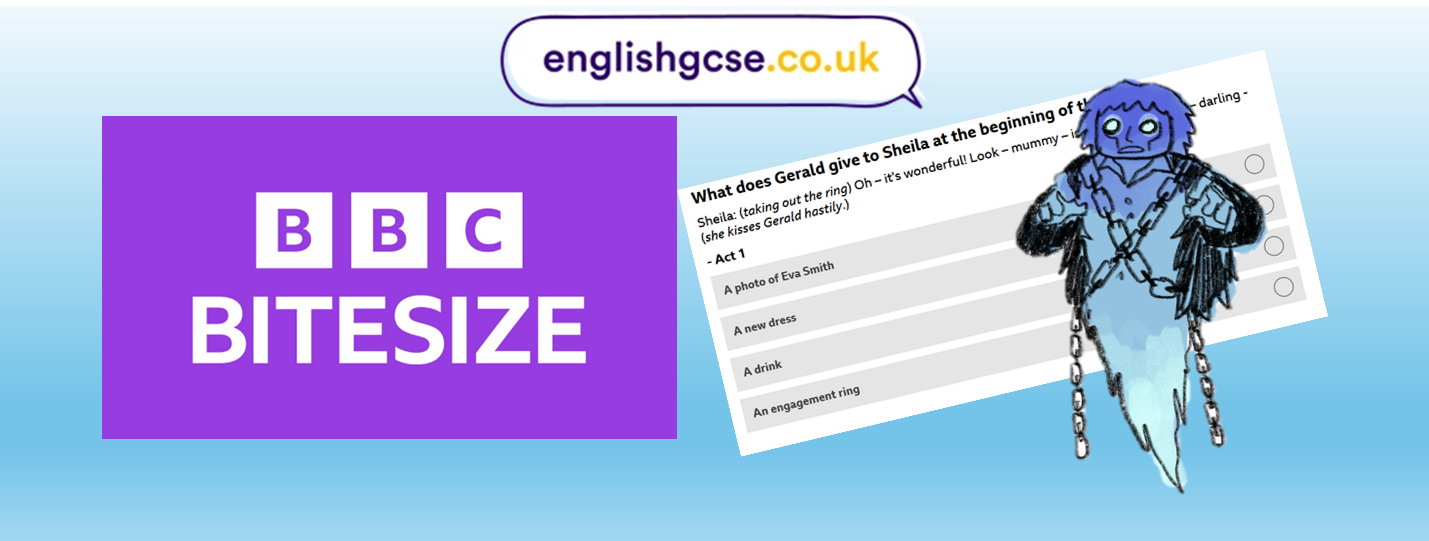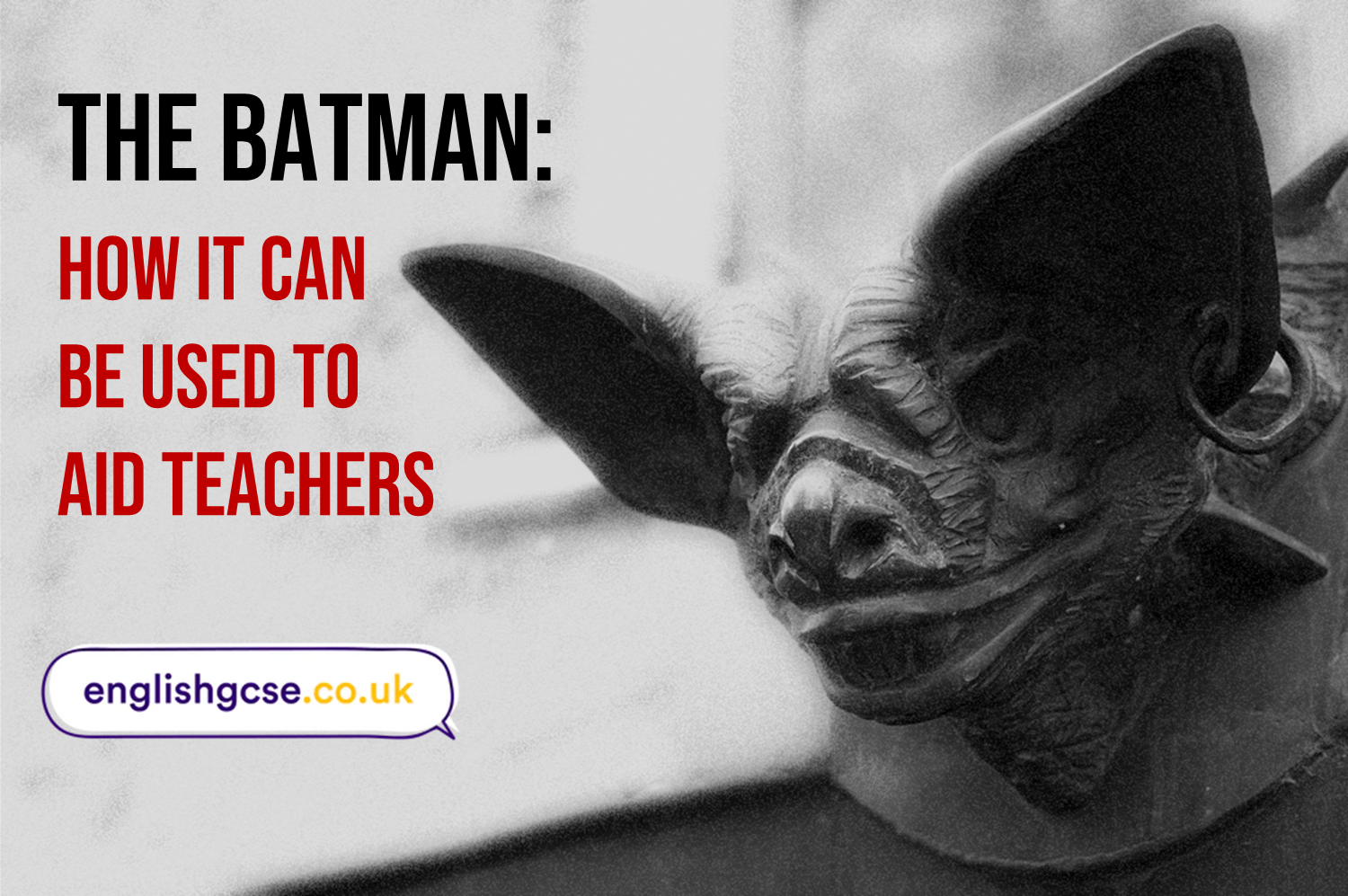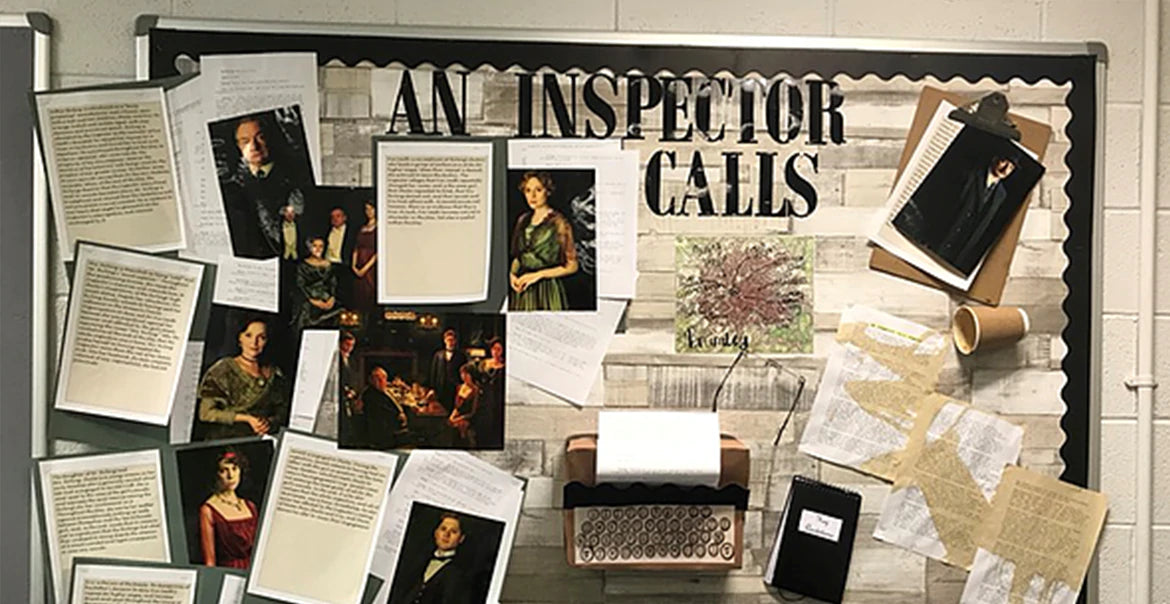I love teaching Shakespeare. Whether it's re-exploring Macbeth for the hundredth year in succession or delving in and out of Henry V, I just enjoy sharing the characters, the plot, the language and the worlds of these wonderful texts.
Yes, they were many other fantastic writers around at time Romeo and Juliet was penned or Othello was being composed, and the circumstances in which we find our entire school system dominated by one playwright is incredibly bizarre, but as a teacher you'll be hard-pushed to find characters that are as complex or engaging as Lady Macbeth, Iago, Bottom, Katherine and Petruchio.
However, when you're starting out on your teacher training and carving your career path, sharing Shakespeare can seem quite daunting. I know I felt that way when as an absolute novice I had to try and explain what 'thou', 'betwixt' and 'zounds' all meant whilst making four hundred year old characters relevant to modern day teenagers. Therefore I'm going to use this blog to share some methods I use to try and open up these texts to students and hopefully you might find some of them useful.
Creating Empathy
Before exploring the words it's important to understand the situation and to consider how people feel in those situations. Everyone has some degree of ambition, children argue with their parents, we can feel under pressure to meet certain standards set by family and society. Looking at Shakespeare that way means students can put themselves in the shoes of the characters and start to think about the decisions they would make when facing such challenges. By doing this, it allows those students to see how the characters may be similar or very different to them.

So in this example which is taken from a lesson I made on Act 1 Scene 1 from Romeo and Juliet (which can be downloaded for free from here), I've provided students with some quotations from Benvolio and explained he tries to break up the fighting between the two sets of servants. I've then asked students to draw a symbol to represent Benvolio, so they're thinking about what kind of character he is before really exploring the language. They're thinking about how they might react in a similiar situation. They are getting into the mindset of that character. That therefore allows a pathway into understanding his language as they already know what kind of tone is being established.
In this example (from my lesson on the banquet scene in Macbeth), I ask students to think about hosting a party, the pressures they would feel under and if they found themselves worried about something disconnected from that situation. That to me is a really good way of helping students to understand Macbeth's mindset when he has to pretend to be the 'humble host'.
Offering Choices
Rather than simply asking students to interpret something, sometimes I will give them a choice of symbols or interpretations to choose from so that they have some kind of frame of reference and can feel a little bit more confident about articulating their own ideas and sharing them with me and other students. Here's an example:

So with this activity I ask students to make a choice from five different options to aid them with their interpretations of both Benvolio and Tybalt as characters. Students will know the connotations of doves, handshakes, skulls, etc and can use these to help them form their own thoughts on each of the characters. It's basically a form of scaffolding but at the same time there's enough scope for students to be independent and explain their own choices within that range of options.
Being Shakespeare
This is kind of similar to the idea of creating empathy with characters, but rather than exploring representations of people on the page, students put themselves in the mindset of an Elizabethan and Jacobean playwright. You've got to entertain to sell tickets and get bums on seats (or indeed feet on the ground), you've got to meet certain expectations as a writer but you also want to challenge accepted notions on crafting plays and explore genre a little bit. Basically it's an episode of Upstart Crow without all the rude words.
So one idea I had was to get students to write their own plays based on the conventions of Elizabethan/Jacobean theatre and specifically around tragedy or comedy. Give them the conventions, give them the requirements or success criteria, and use this as a platform to explore character, themes, structure, context and so on.
This way you can really enjoy listening to the ideas the students develop, students can critique each other by thinking about how something fits into genre conventions or not and at the same time they develop their understanding of social and historical contexts. The comedy version is here and the tragedy version is here.
These are just some very general approaches to teaching Shakespeare, but I hope they can be of use to you. [Exit, pursued by a bear.]















